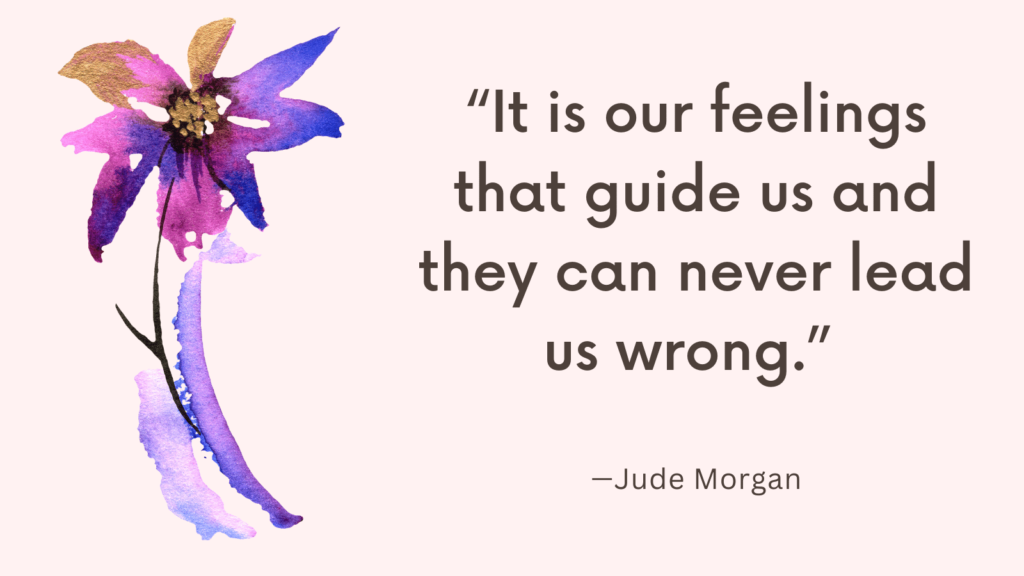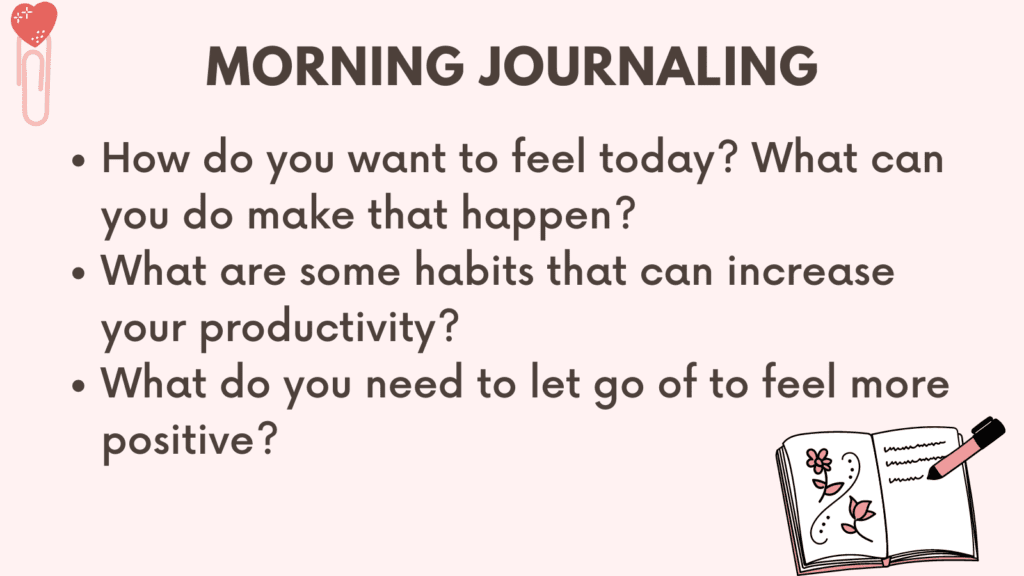This post contains some of the best DBT journal prompts.
What Is DBT?
DBT stands for Dialectical Behavior Therapy. It is a type of psychotherapy that combines elements of cognitive-behavioral therapy (CBT) with other therapeutic techniques.
DBT was originally developed by Dr. Marsha Linehan to help individuals who struggled with chronic suicidal thoughts and self-destructive behaviors, particularly those with borderline personality disorder.
DBT focuses on providing individuals with skills to manage their emotions, improve their relationships, and develop effective coping strategies.
The therapy is based on the concept of dialectics, which recognizes that two seemingly contradictory ideas can both be true. In DBT, this means finding a balance between accepting oneself as they are and making necessary changes to lead a more fulfilling life.
The skills taught in DBT include distress tolerance, emotion regulation, interpersonal effectiveness, and mindfulness.
By learning and practicing these skills, people can gain better control over their emotions, reduce impulsive behaviors, enhance their communication and interpersonal skills, and ultimately improve their overall well-being.
It’s important to note that DBT can be effective for a range of mental health conditions beyond borderline personality disorder, including depression, anxiety disorders, substance abuse, eating disorders, and post-traumatic stress disorder (PTSD).
DBT Journal Prompts
1. Reflect on a recent situation where you felt triggered or overwhelmed. What were the emotions and physical sensations you experienced? How did you cope with them?
2. What are three positive affirmations or self-statements you can use to challenge negative thoughts or self-criticism?
3. Write about a recent accomplishment that made you proud of yourself. How did it make you feel? How can you build on this success in the future?
4. Reflect on a challenging relationship in your life. What specific emotions and thoughts arise when interacting with this person? How might you respond differently using DBT skills?
5. Write about a recent situation where you used mindfulness skills to stay present and grounded. How did it impact your overall well-being?
6. Explore a recent conflict or disagreement you had with someone. How did you react in the moment? How could you have used assertiveness skills to communicate more effectively?
Related: Best 8 Mindfulness Exercises For Adults That Will Help You Regulate Your Emotions
7. Write about a goal that is important to you. What steps can you take to break it down into smaller, manageable tasks?
8. Reflect on a recent situation where you felt overwhelmed by negative emotions. How could you have used distress tolerance skills to manage your emotions differently?
9. Write a letter to your future self, expressing hopes, dreams, and intentions for personal growth and healing.
10. Explore a core belief you hold about yourself or the world. How does this belief affect your thoughts and actions? Can you find evidence to challenge or reshape this belief?
11. Write about a recent situation where you practiced radical acceptance. How did it help you let go of resistance and find peace?
12. Reflect on a recent situation where you practiced self-soothing techniques. How did it support you in managing distressing emotions?
13. Explore a recent self-destructive behavior or habit. What function does it serve for you? How can you replace it with healthier coping strategies?
14. Reflect on a recent situation where you set a boundary. How did it feel to prioritize your needs and communicate assertively?
15. Write a gratitude list, focusing on three things you are grateful for in your life right now.
16. Explore a recent trigger that heightened your emotional vulnerability. How can you create an “emotion regulation toolkit” to support yourself during similar situations in the future?
Related: How To Feel Your Feelings? Top 9 Difficult Emotions To Cope With In Healthy Ways
17. Reflect on a recent situation where you practiced self-soothing techniques. How did it help you cope with distressing emotions or situations?
18. Write about a recent situation where you felt judgmental towards yourself or others. How might you practice non-judgment and cultivate more empathy and compassion?
19. Explore a recent situation where you practiced the skill of opposite action (acting opposite to your initial emotional impulse). How did it impact your experience?
20. Reflect on a recent situation where you practiced building mastery by doing something that allowed you to develop a sense of competence and accomplishment.
21. Write a letter of forgiveness to someone who has hurt you, whether it be a past or present relationship.
22. Reflect on a recent situation where you practiced self-respect and said no to something that didn’t align with your values or needs.
23. Write a letter to someone who has been supportive and understanding in your life, expressing gratitude for their presence.
These prompts can serve as a starting point for self-reflection and exploration. Feel free to choose the ones that resonate with you the most, and remember to approach the practice with curiosity and openness.
Related: Affective Responsibility: Examples and Ways to Cultivate It

How to Use DBT Journal Prompts?
DBT journal prompts are an effective tool to deepen your understanding of your thoughts, emotions, and behaviors while practicing these skills.
The following steps provide guidance on how to make the most of DBT journal prompts and enhance your overall well-being.
1. Create a dedicated space and time
Find a quiet and comfortable space where you can focus on your journaling without distractions.
Dedicate specific times each day or week for your journaling practice.
Consistency is key to reaping the benefits of DBT journaling.
2. Choose relevant prompts
Select journal prompts that resonate with you and address the areas you want to explore or work on.
Consider topics such as emotional triggers, stressors, relationships, or patterns of negative thinking.
You can find DBT-specific prompts in books, online resources, or by consulting with your therapist.
Related: Why Do I Cry When I Talk About My Feelings? Top 4 Reasons
3. Reflect and write freely
When you encounter a prompt, take a moment to reflect on it.
Allow yourself to delve into your thoughts, feelings, and experiences related to the prompt.
Write freely without judgment or self-editing.
The goal is to gain insight and promote self-awareness.
For example, if the prompt is “Describe a recent situation that caused you distress”, take time to explore the event, your emotional reactions, and any associated thoughts or behaviors.
4. Practice mindfulness
As you write, incorporate mindfulness into your journaling.
Be present and aware of your thoughts, emotions, and physical sensations.
Notice any judgments that arise and gently let them go.
Observe your experiences with curiosity and without attachment.
For instance, if you notice a sense of anger arising from the described distressing situation, observe it non-judgmentally – notice the sensation in your body, the thoughts accompanying it, and how it changes over time.
Related: Top 21 Emotional Writing Prompts To Process Emotions
5. Notice patterns and triggers
Pay attention to any recurring patterns, triggers, or problematic behaviors that emerge from your journaling.
DBT encourages identifying these patterns to work on changing them.
Recognizing triggers and unhelpful patterns is a crucial step toward developing healthier coping mechanisms.
For example, you may notice a pattern of avoiding conflict in your relationships when faced with difficult conversations.
By identifying this pattern, you can start addressing it and practicing new skills, such as assertiveness or active listening.
6. Apply DBT skills
Once you have identified patterns or challenges, think about which specific DBT skills could help address those issues.
Use your journal as a space to brainstorm strategies derived from those skills.
DBT skills encompass various areas, including mindfulness, emotion regulation, interpersonal effectiveness, and distress tolerance.
For instance, if you are struggling with managing intense emotions, you might consider using the DBT skill called “Opposite Action”.
Explore ways to identify and engage in activities that contradict or counteract the emotions you are experiencing.
7. Review and reflect
Periodically review your journal entries to gain insight into your progress, growth, and areas for improvement.
Reflect on any changes in your thoughts, feelings, or behaviors over time.
This retrospective analysis can assist in tracking your growth and provide motivation to continue practicing DBT skills.
For example, after several weeks of regular journaling, you might notice that your ability to tolerate distress has improved, and you are engaging in fewer impulsive behaviors.
Related: Best 35 Journal Prompts for Releasing Difficult Emotions
Conclusion
DBT journal prompts are a powerful tool for self-reflection, promoting mindfulness, and building skills taught in Dialectical Behavior Therapy.
By creating a dedicated space and time for journaling, choosing relevant prompts, reflecting mindfully, identifying patterns, and applying DBT skills, you can derive significant benefits from this practice.
Embrace the journey of self-discovery and growth through DBT journaling, and remember that change takes time and effort.



